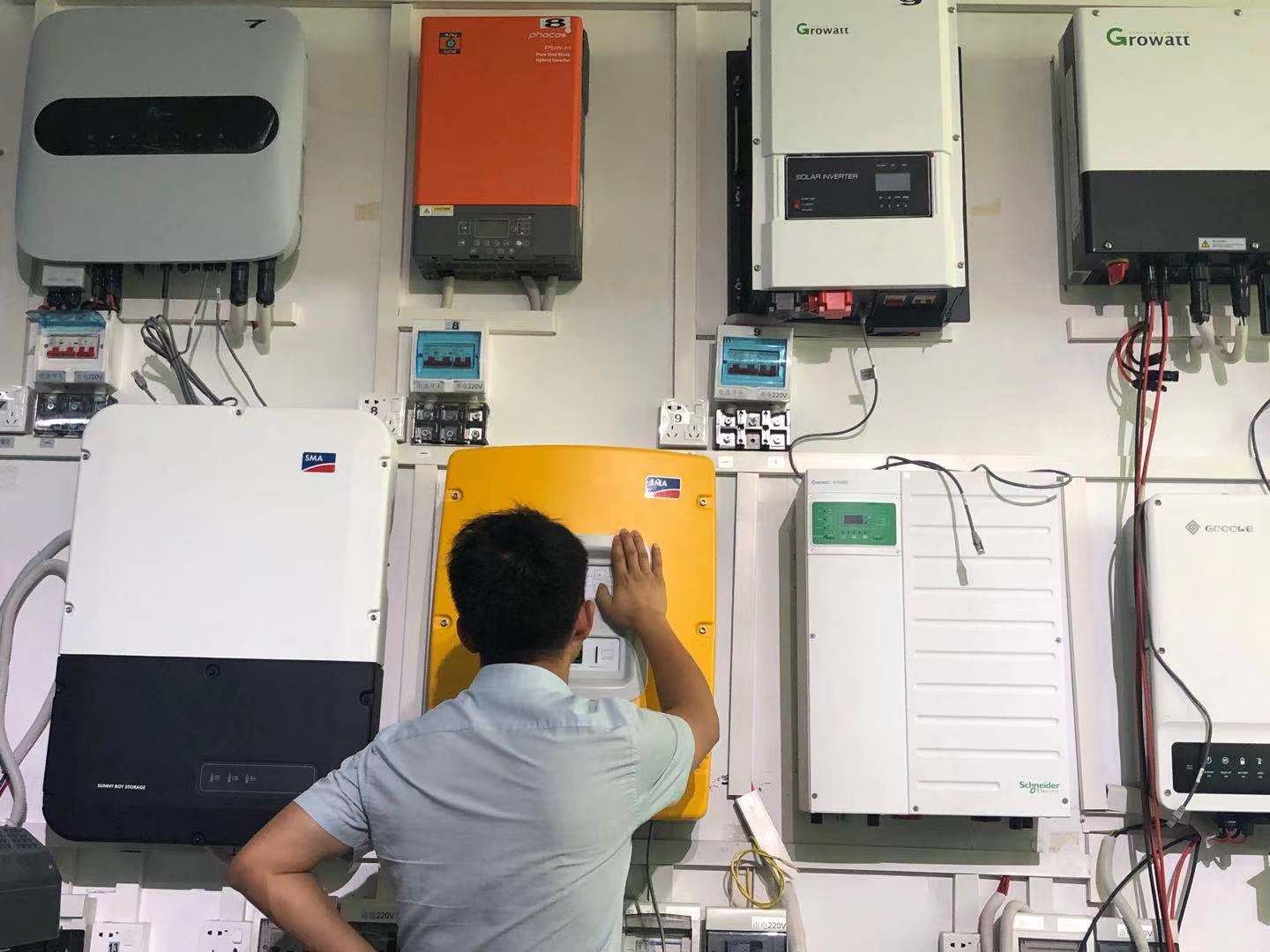Lithium-ion batteries are rechargeable batteries commonly found in portable electronics such as smartphones and electric vehicles. Surprisingly, lithium-ion batteries are having a significant impact on aerospace and military applications. Lithium-ion batteries have several advantages over other battery technologies available on the market. This includes no memory effect, high energy density and low self-discharge.
There is no doubt that these high-capacity batteries are becoming a staple in electronics. This is why you should understand the basic concepts of how to measure Li-ion battery capacity.
From smartphones to electric vehicles, every user has one concern, and that is runtime. System designers try to maximize runtime in one of two ways—designing battery-powered systems to consume power more efficiently to extend battery life or to maximize the energy available to battery-powered systems. When maximizing battery power, you can use a high-capacity small battery or a larger battery.
Since most battery powered systems available today are portable, size and weight are considerations. So a bigger battery is not the solution. When making a battery, you need to make a high capacity battery.
So, let's take a look at how the capacity of a lithium-ion battery is measured -
Batteries consist of batteries. Additionally, batteries are placed in series to increase the available voltage or in parallel to increase the available current. Therefore, high-capacity batteries consist of high-capacity batteries.
The capacity of a lithium-ion battery is measured in ampere-hours (Ah). 1 amp hour means you can draw exactly 1 amp from the battery in 1 hour.
So, ampere hours are the result of ampere hours. Likewise, one amp hour means you can draw two amps in half an hour, or a quarter in four hours.
In effect, Ah capacity is an estimate of storage coulombs. If you look at the units in ampere hours, then you realize that one ampere is one coulomb per second. Multiply Ampere X Time by Coulomb. Using the norm one hour equals 3600 seconds; this means that one ampere hour is 3600 ampere-seconds or 3600 coulombs per second X seconds, or 3600 coulombs of charge stored in a lithium-ion battery.
Remember that you can determine the capacity of smaller batteries in milliamp-hours (mAh). For example, an 18650 Li-Ion battery will store about 3 Ah (or 3000 mAh).
Another way to determine battery capacity is in watt-hours (Wh), which is capacity, an estimate of the energy stored. If you look at units, then one watt means one joule/second. Multiply watts x time by joules.
A typical way to describe or determine the capacity of a Li-ion battery is its charge capacity (Ah). When measuring Ah capacity, you should start with a fully charged battery. If we look at the most basic way to measure battery capacity, it is to draw a constant current of X amps before discharging. The battery discharges when the battery voltage reaches EODV (End of Discharge Voltage).
To make an actual measurement, you need to apply a fixed constant current load of "X Amps" and start the clock. You need to stop the clock when the voltage reaches the end of the discharge voltage, let's say it's T hours.
After that, multiplying the constant current value by X Amps XT measurement time will give the measurement capacity - X * T Ah.
As we said before, batteries are made of batteries. Depending on the configuration, the batteries can be placed in parallel or in series. Simple answer to this question - how many cells in a Li-ion battery is it depends on the voltage. However, the maximum value is 12. Lithium-based batteries are known to be excellent, and there are a variety of products on the market. When it comes to the most common batteries for laptops, no one can beat an 18650 battery.
18650 batteries are produced by many manufacturers, including private label agencies as well as public agencies such as Sony, LG, and Samsung. It is a 3.6v cylindrical lithium ion battery with no memory effect. It is lightweight and has a high energy density.
Some manufacturers may choose 3.6V, some may choose 3.7V. For a 10.8V laptop battery, the nominal voltage considered is 3.6V. So dividing 10.8v by 3.6v will give you 3 batteries placed in series. If the battery has a capacity of 8800 mAh, dividing the capacity by 2200 mAh, the nominal capacity will give you 4 cells in parallel.
So you have three cells in series X four cells in parallel for a total of twelve cells.
Well, there is no quick way to determine the capacity of a Li-Ion battery. The capacity is generally marked on the battery, which is how it is measured when it is new. The voltage drops slightly as the components in the battery are used up. As the battery eventually reaches its end of life, the current and voltage drop. Determining the remaining capacity by determining the voltage is challenging because the discharge curve of such a battery is fairly flat. However, you should try the way mentioned in the post.
You can also use commercially available lithium-ion battery test equipment to accurately measure battery capacity.

